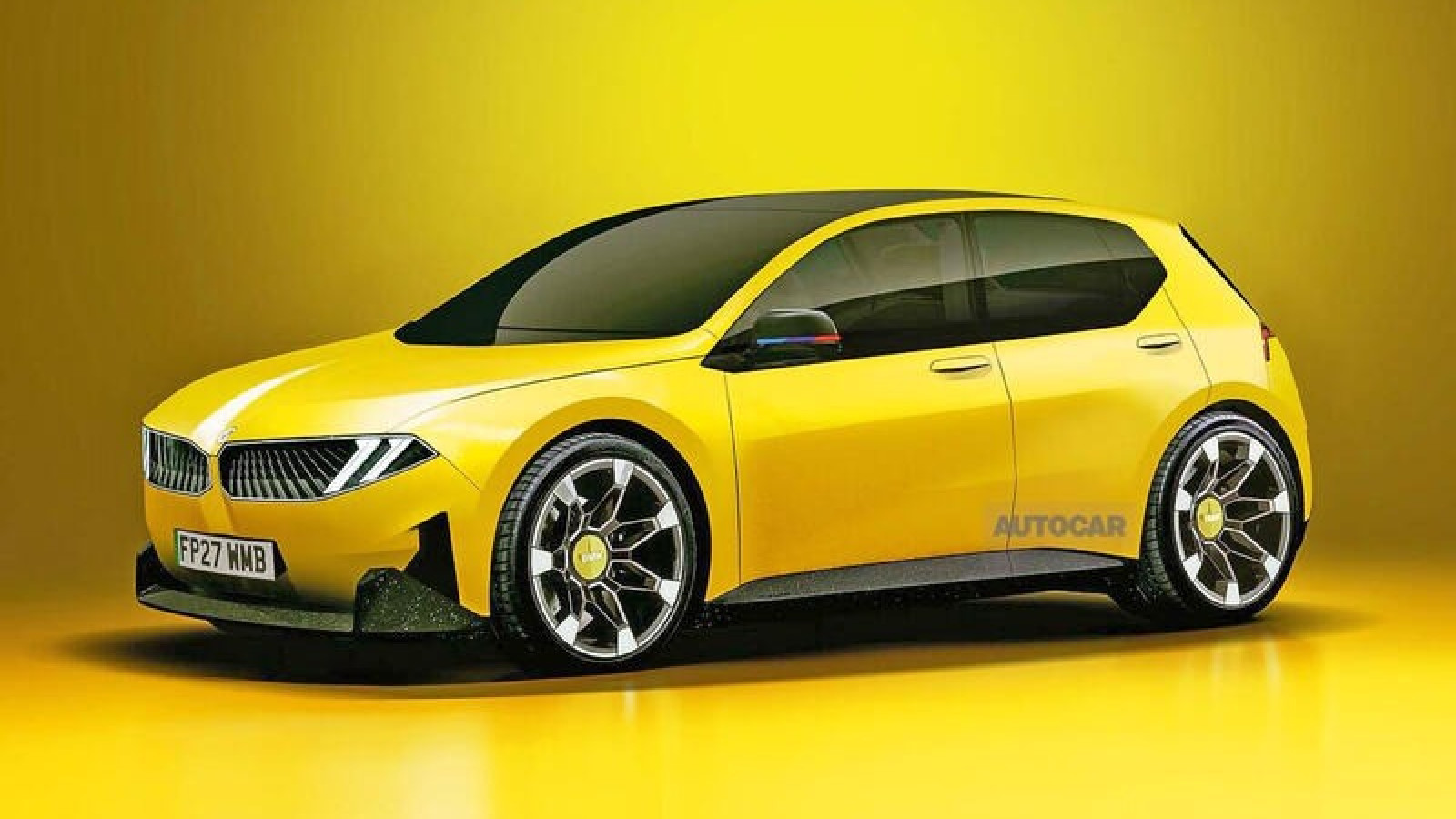
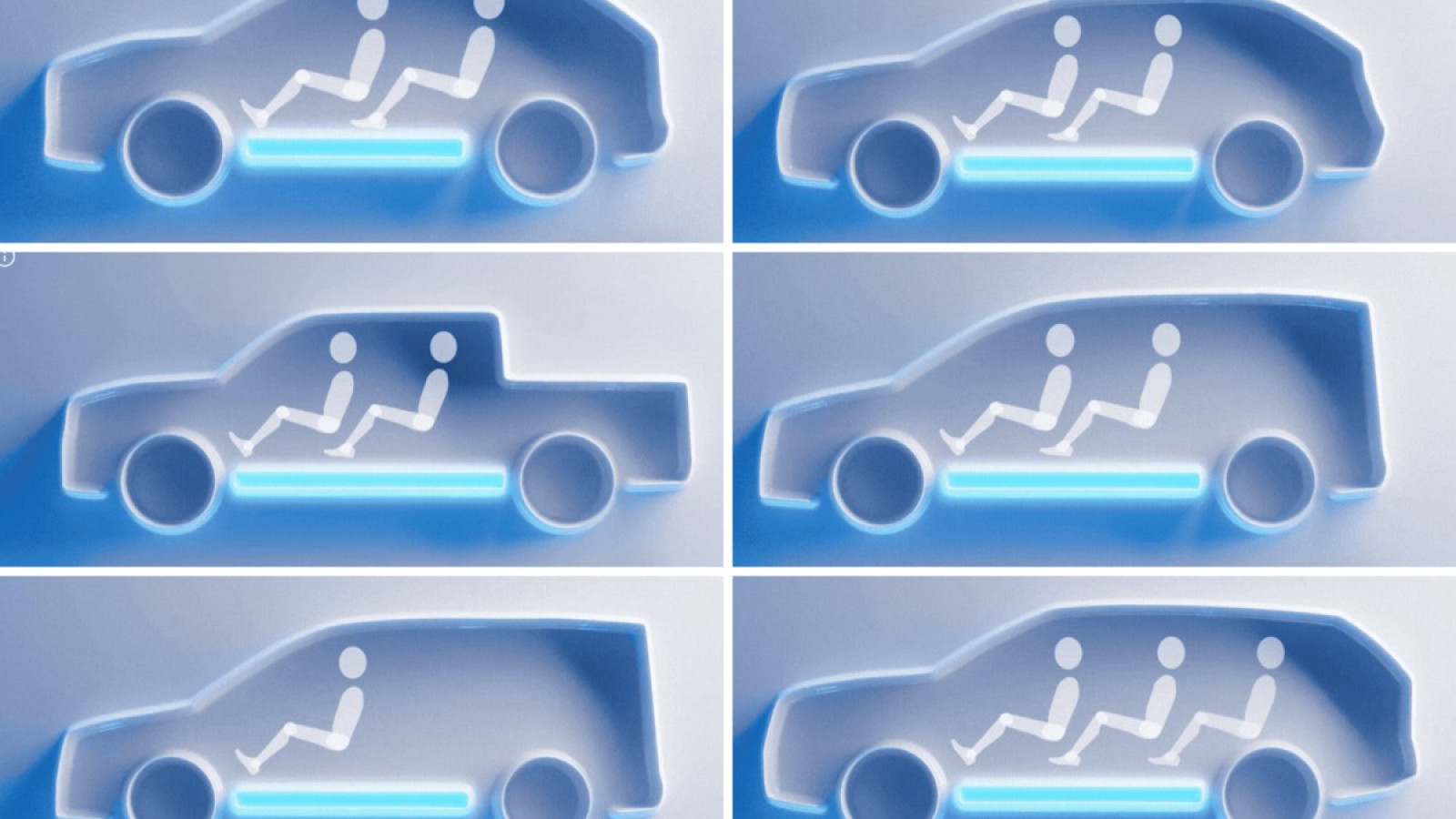
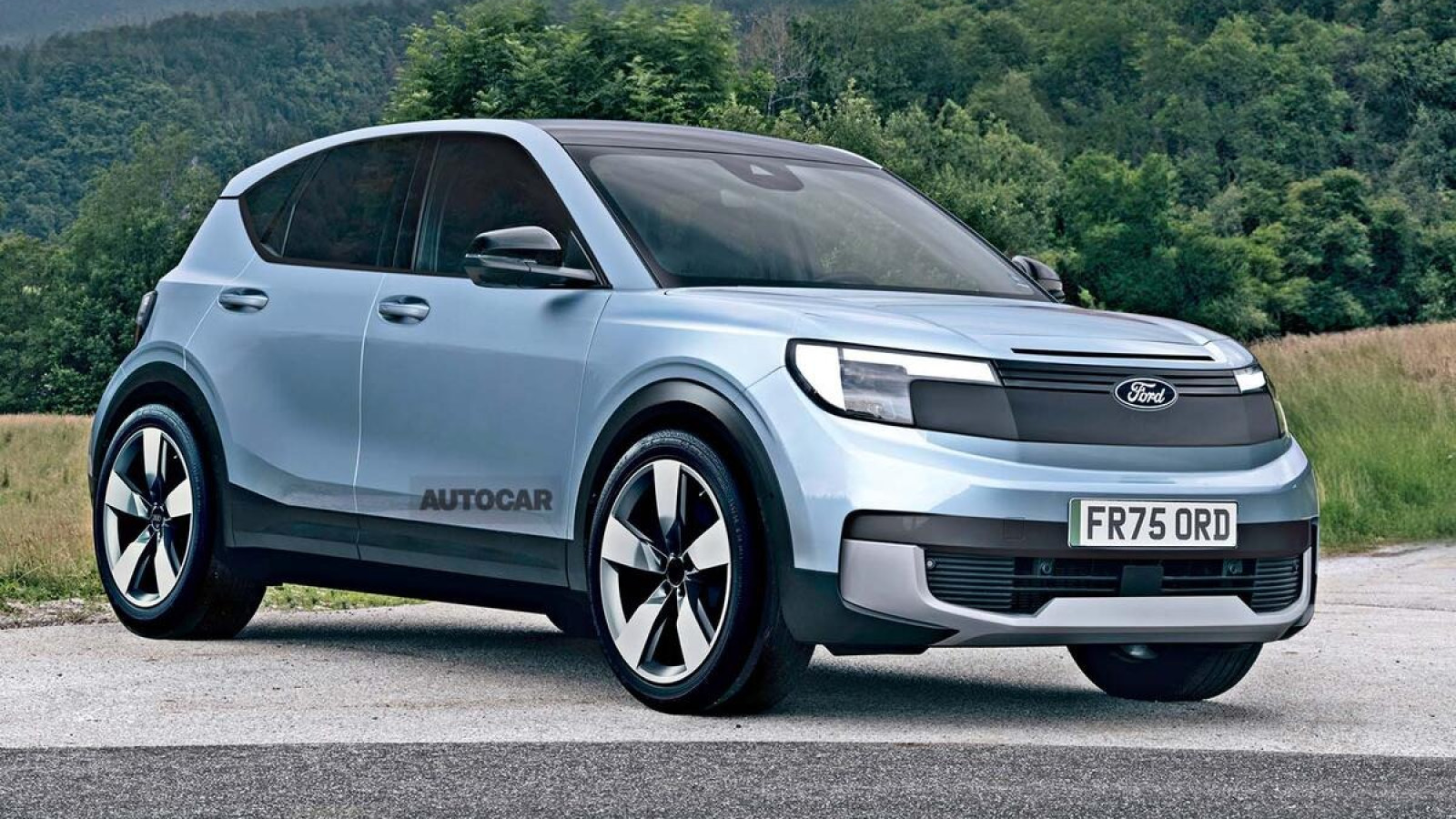

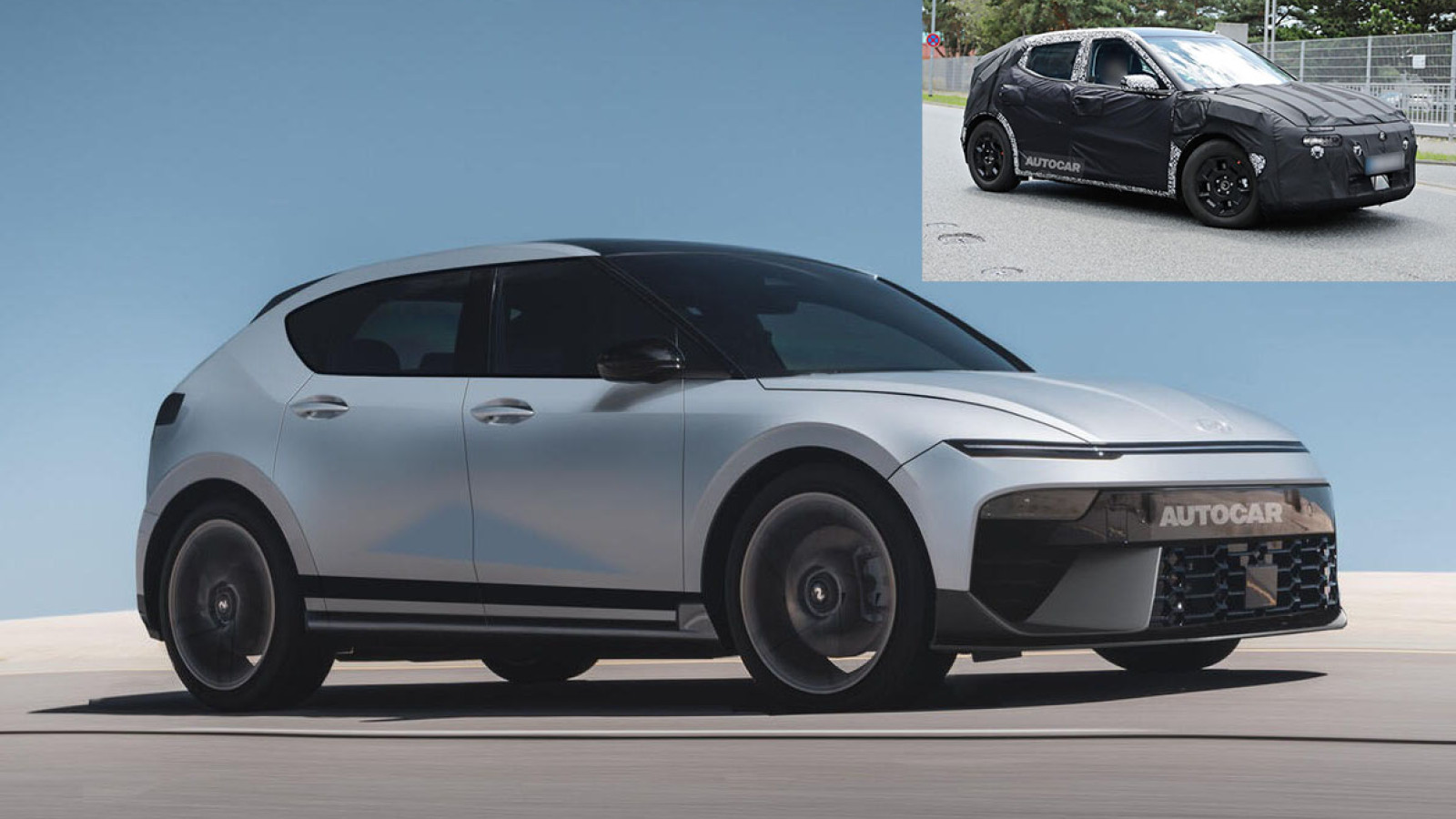
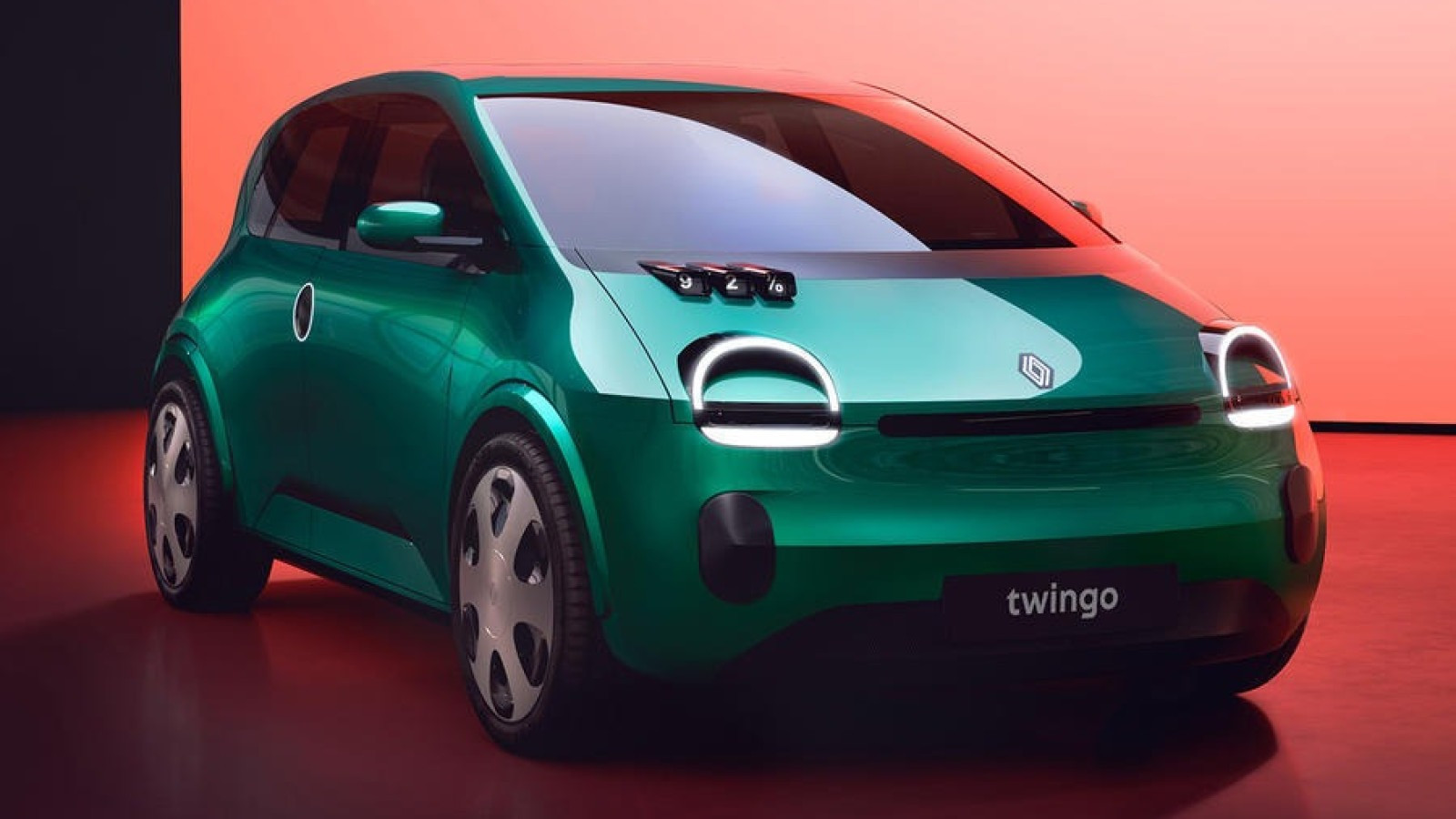
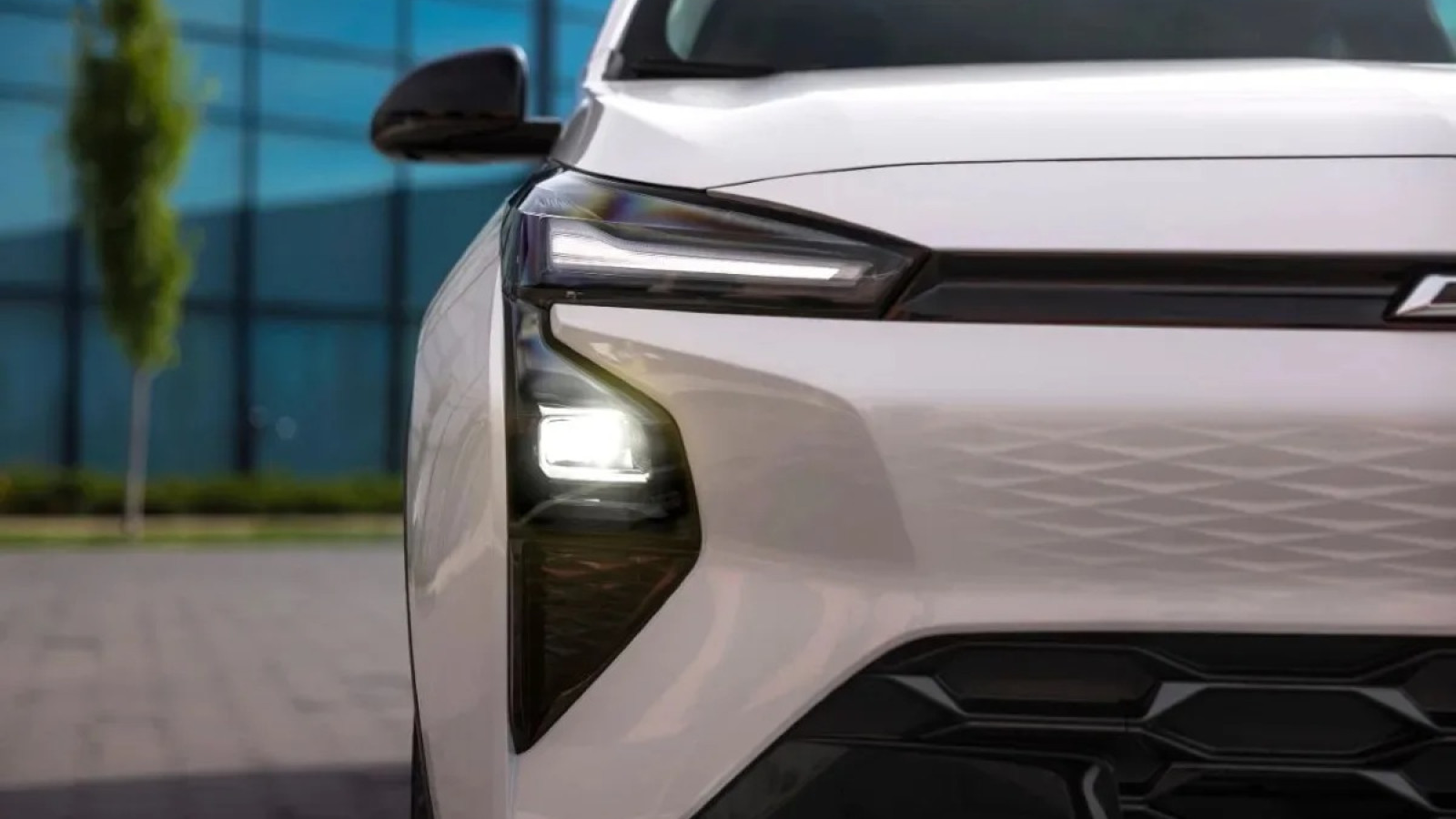
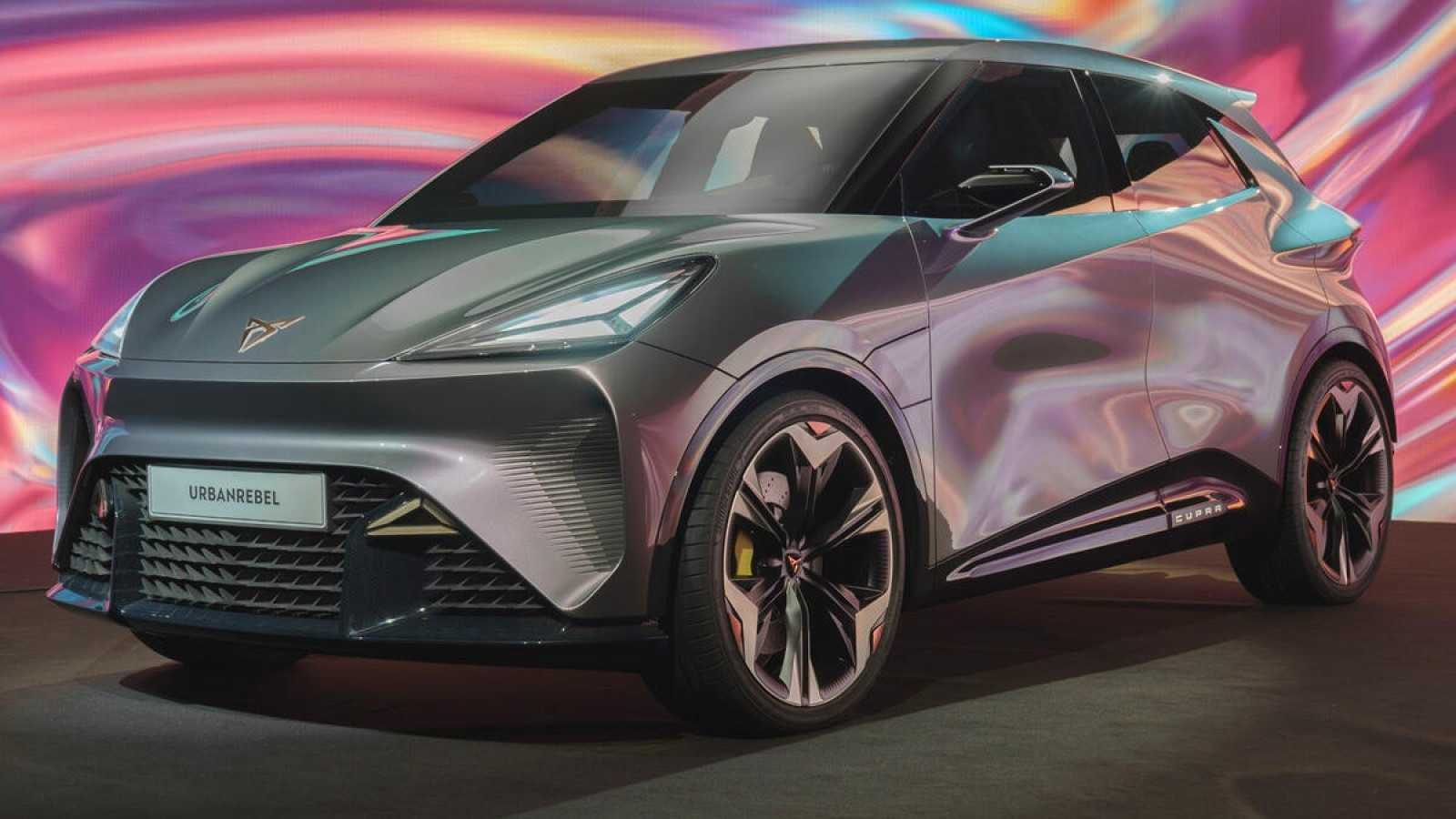
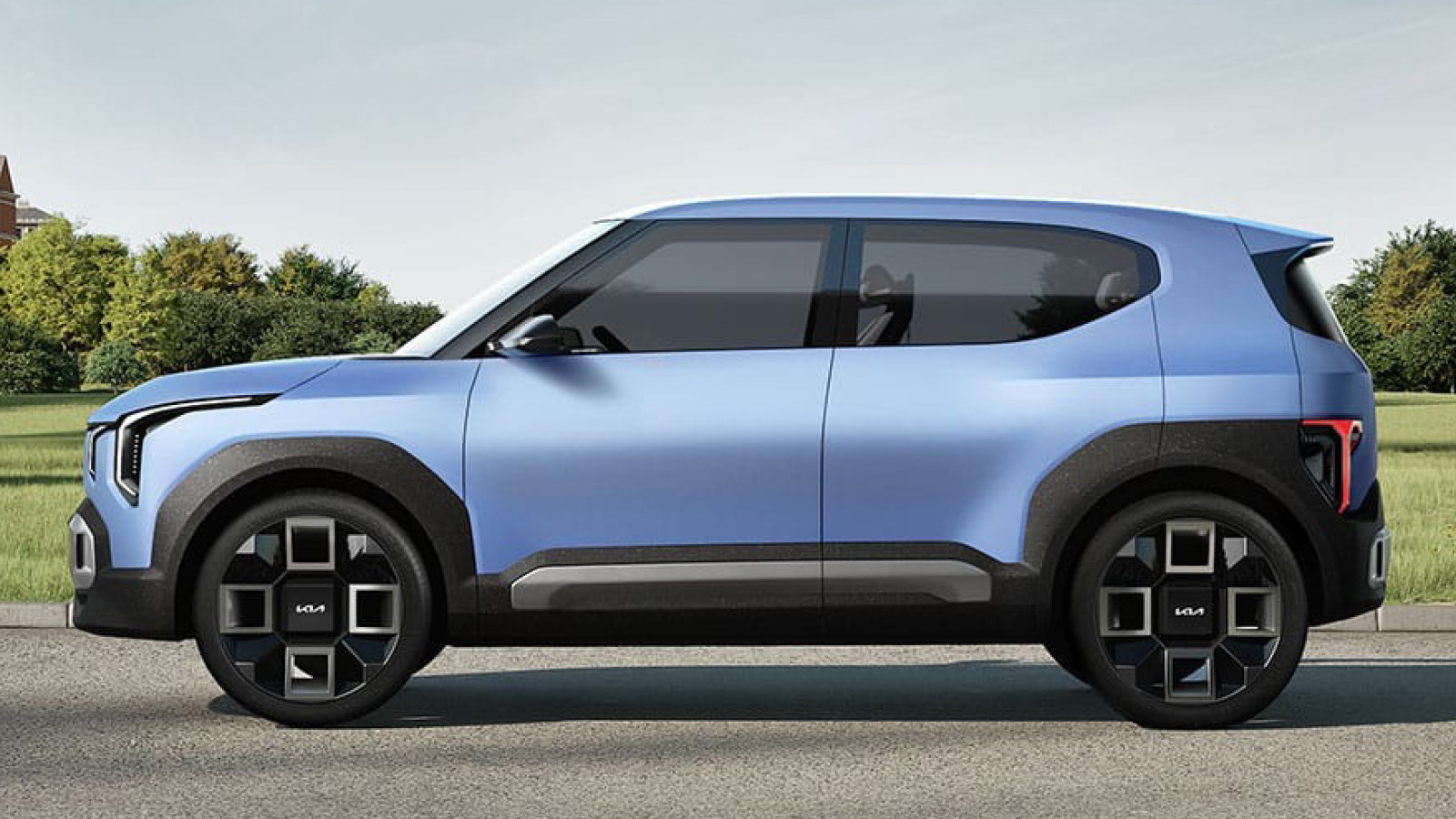
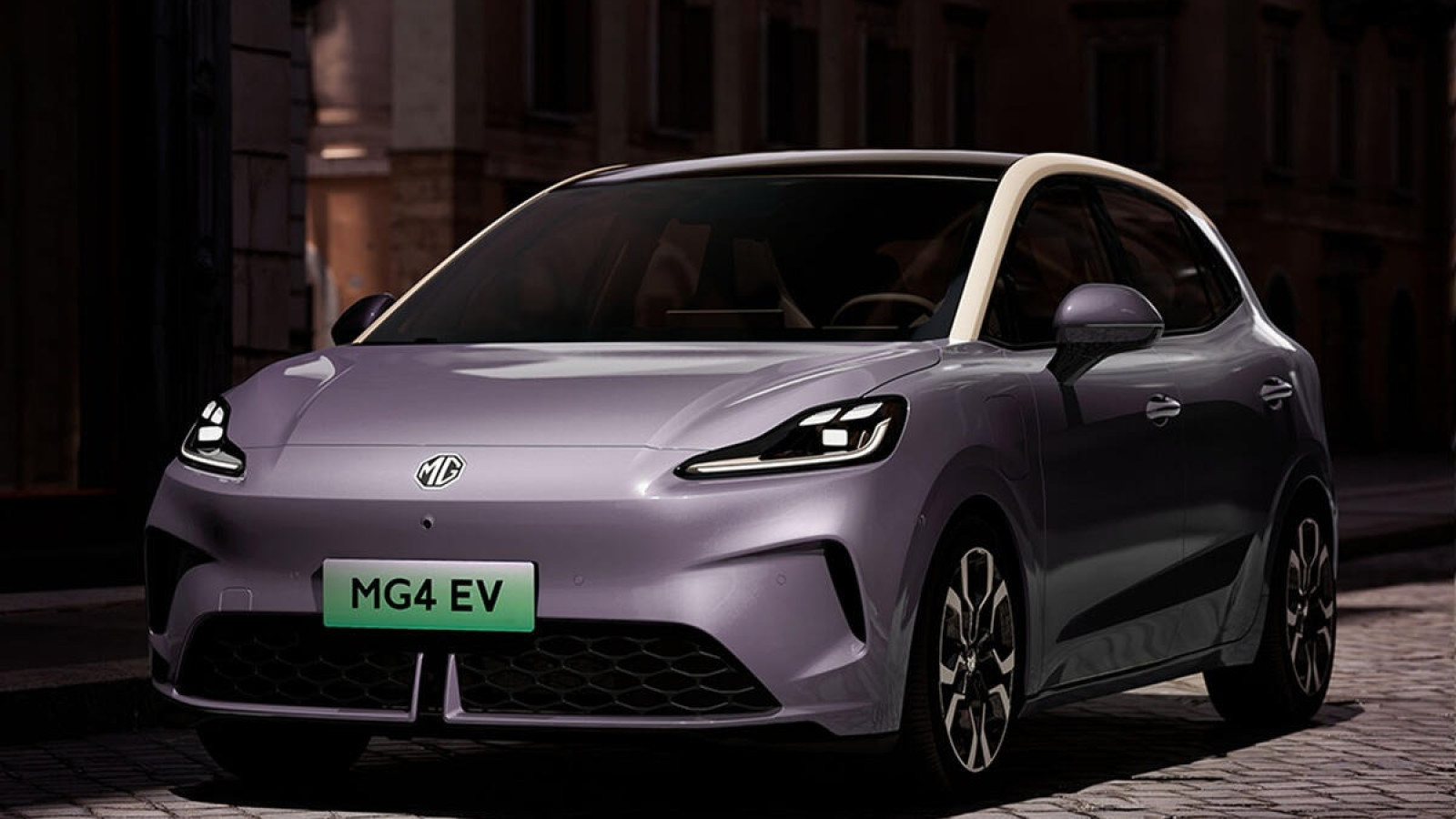
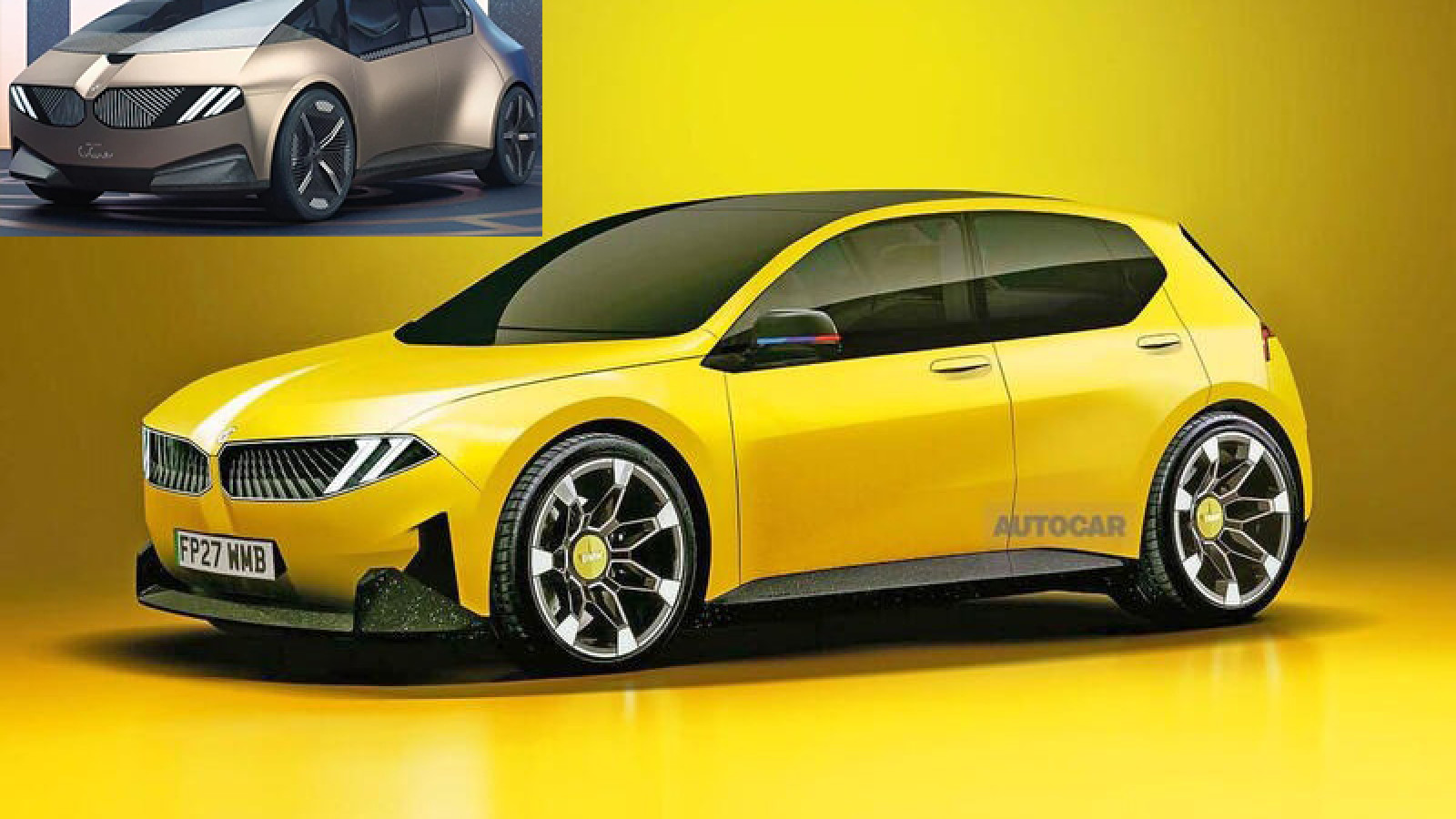
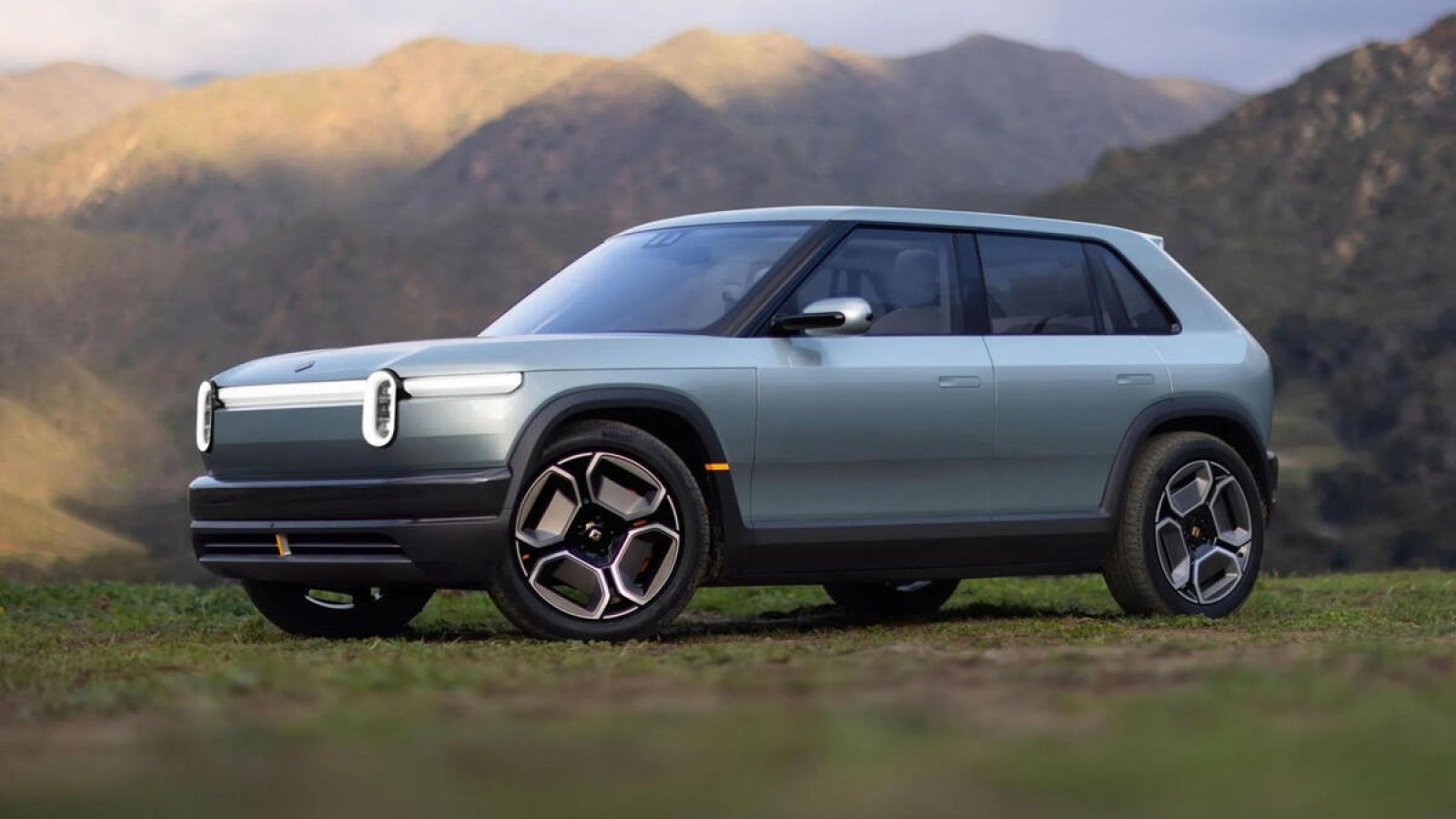
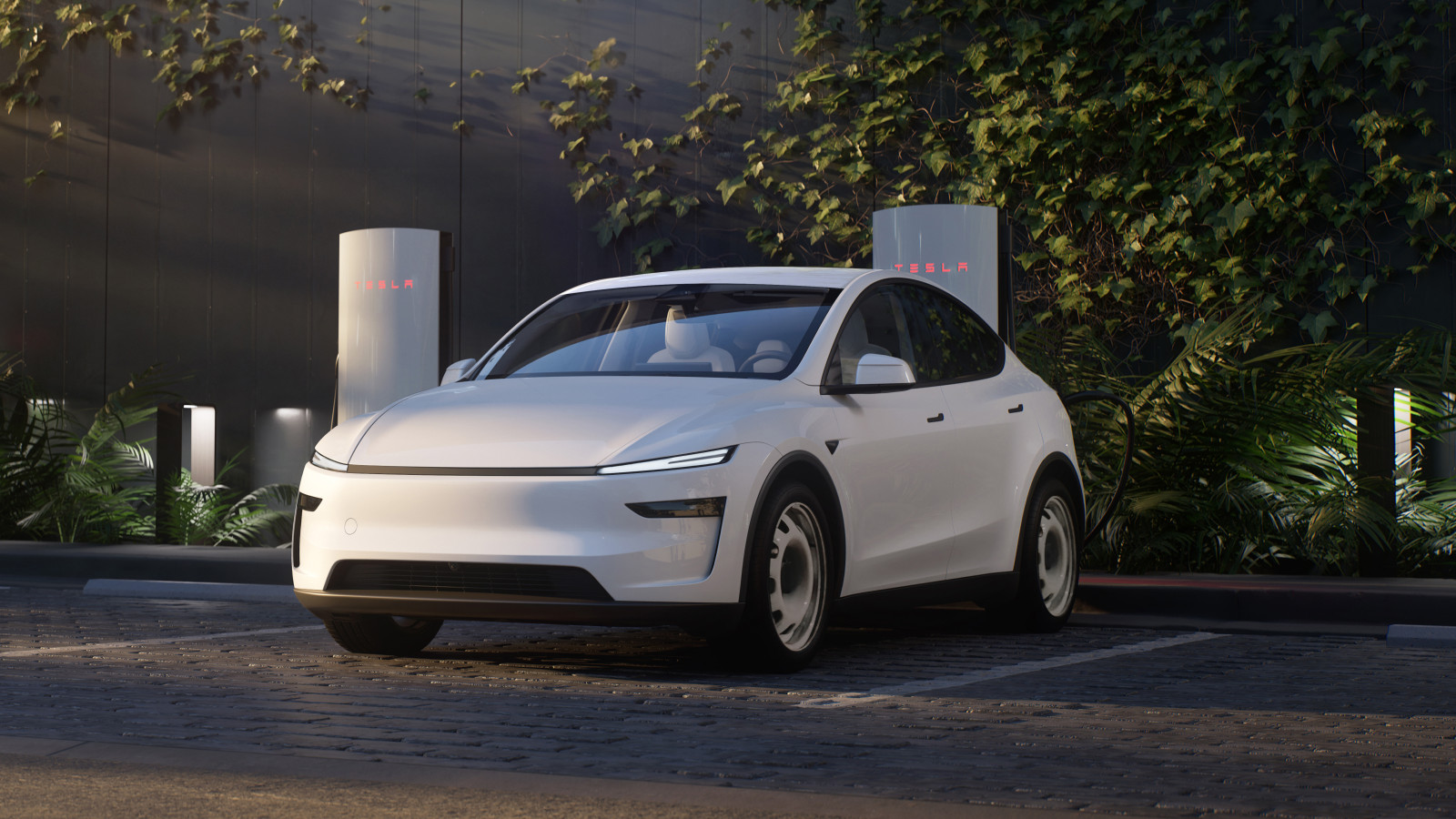
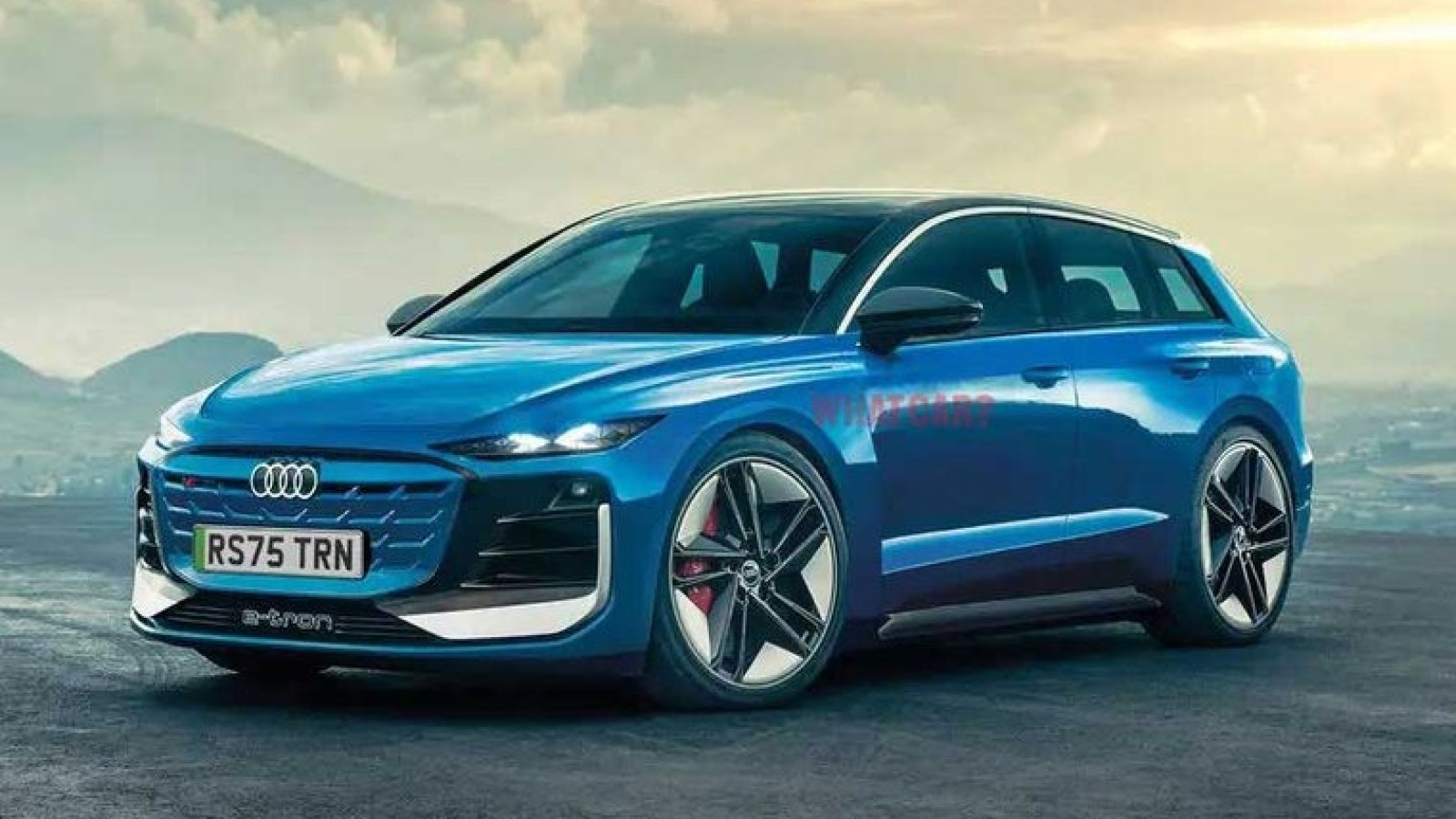
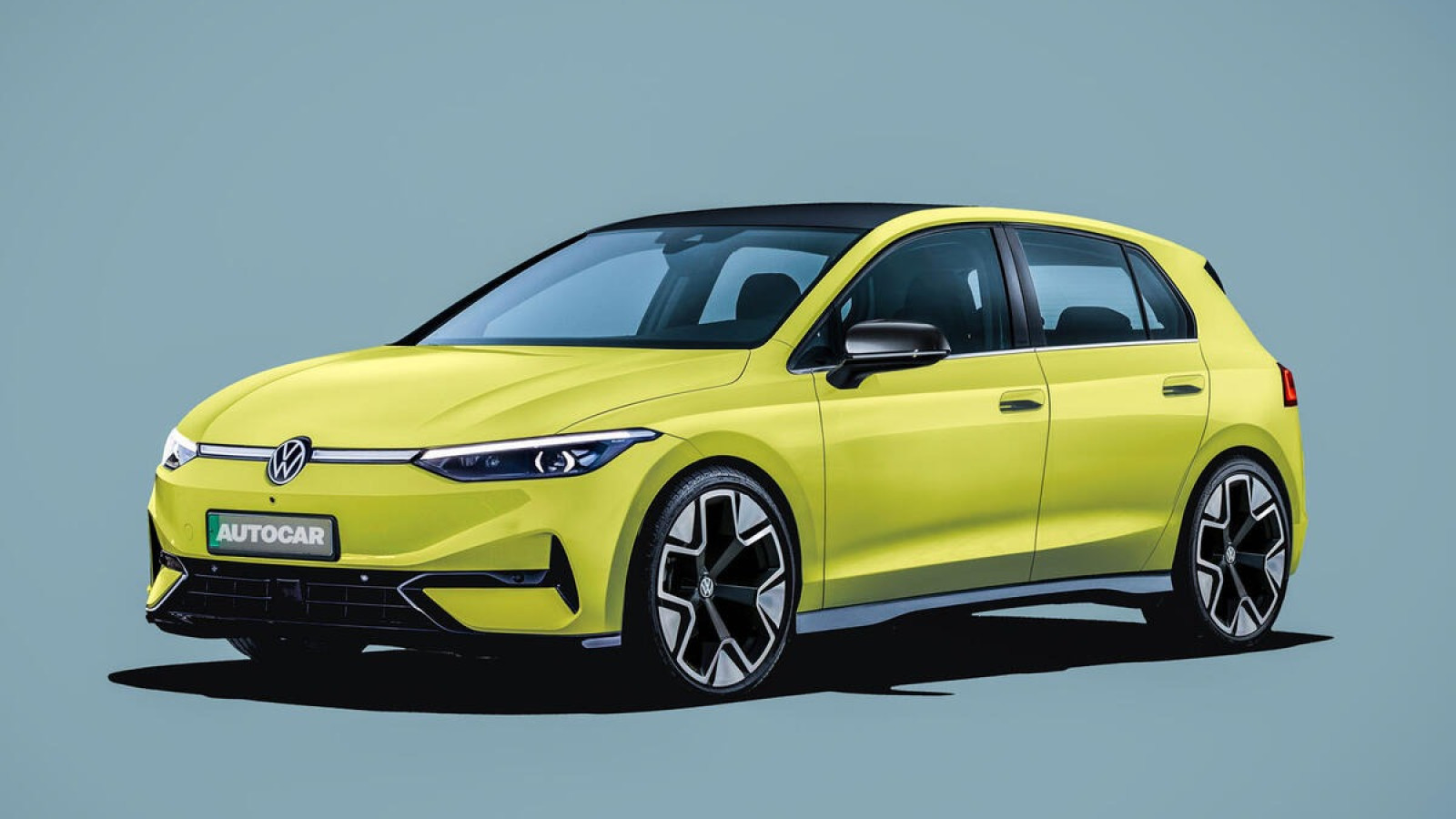
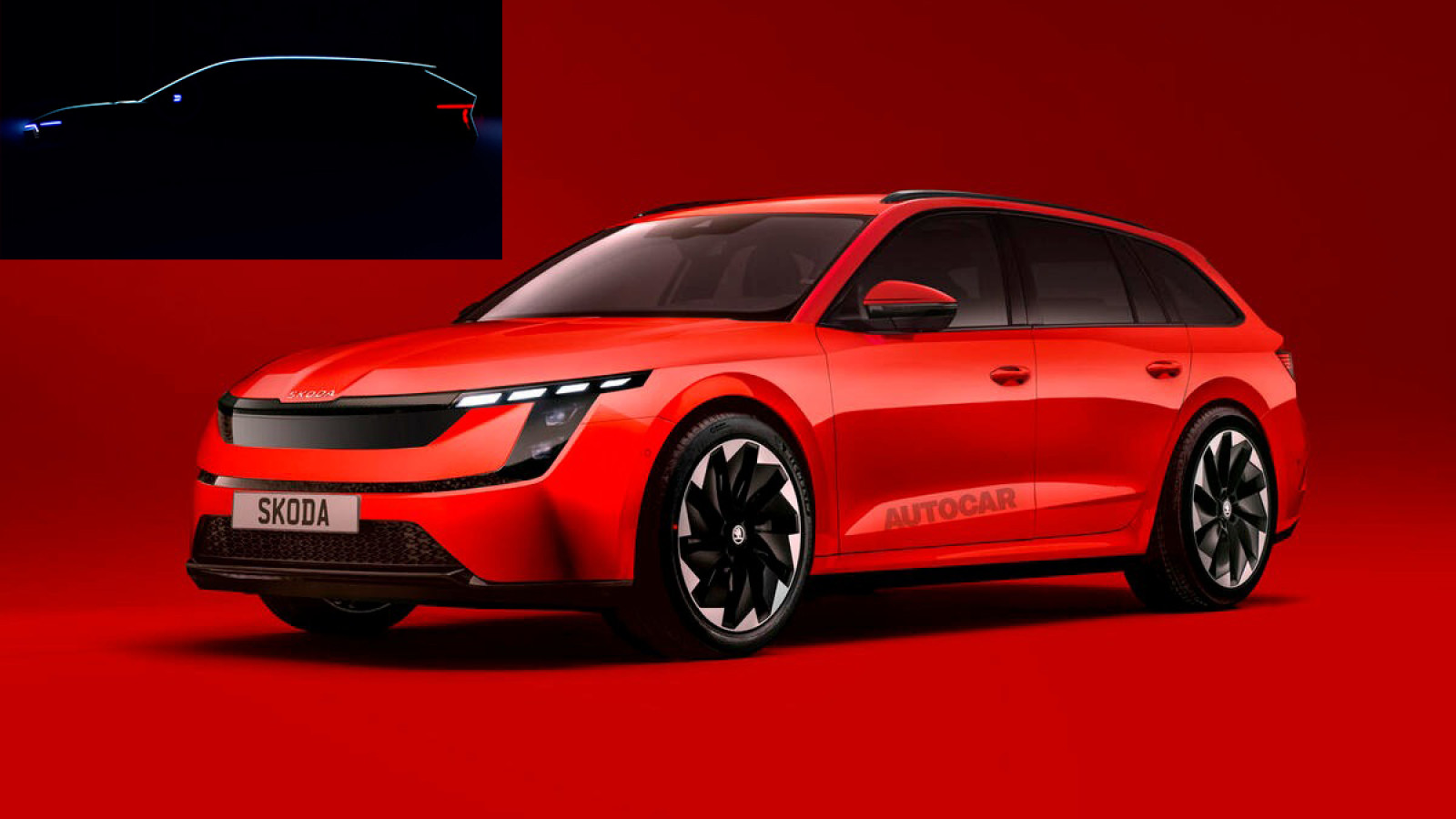
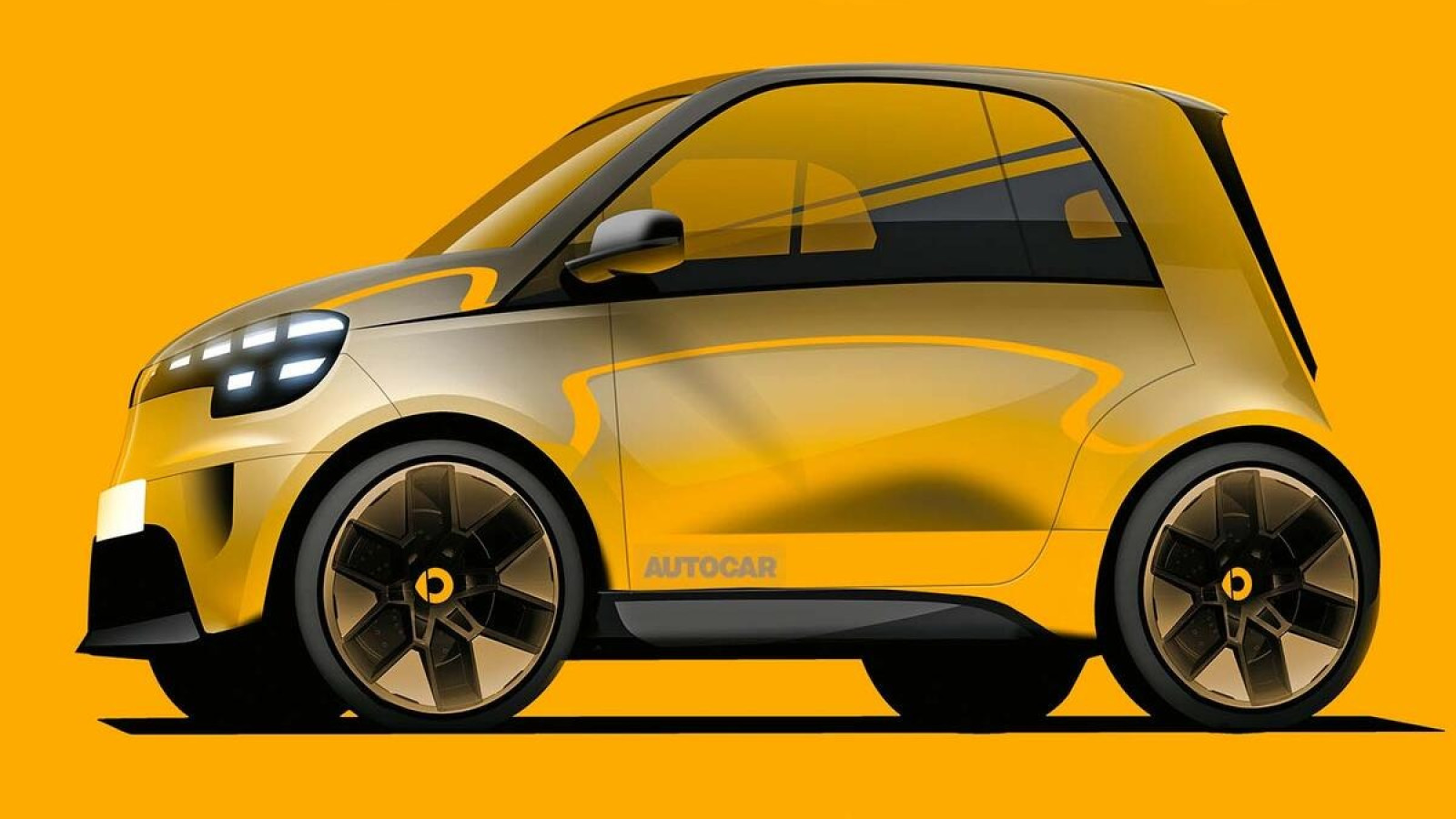
Think electric cars have to be expensive? Think again.
Although EVs have typically been more expensive than their petrol-powered equivalents, the price disparity has been greatly reduced in recent years.
That trend is set to continue as manufacturers innovate with new technologies, allowing for cheaper, more efficient and longer-range electric vehicles.
There are already some pretty affordable options on the market, but this list will tell you all you need to know about the new wave of affordable and sustainable transport coming soon.
Ford Ranchero
What?
Ford will release a range of affordable EVs by 2030, locally built using a new production process to allow super competitive pricing. The most important will be a new four-dour pickup-truck (middle left).
When?
Expect the Ranchero pickup as soon as 2027, with the rest following by 2030.
Price?
Starting at $30,000 (£22,000/25,000 euros) for the Ranchero.
Range?
Details are under tight wraps at the moment, but expect the variants with the longest range to go at least 480km (300 miles) between charges, and the most affordable 320km (200 miles) between charges.
Ford Fiesta
What?
In addition to the Ranchero and other larger affordable EVs aimed at the North American market, Ford is also planning smaller models for Europe. A new Fiesta (rendered above) would be the right size on tight European roads, and a new Focus is also on the cards.
When?
Expect the two to arrive shortly after the Ranchero pickup, either in 2027 or 2028.
Price?
Starting at less than £20,000 or 20,000 euros ($25,000) will keep the Fiesta relevant against rivals like the Renault 5 and forthcoming Volkswagen ID 2. Expect the Focus to cost 25-50% more than that.
Range?
The cheapest variants should be good for 300km (190 miles), while the longest range versions will manage as much as 500km (310 miles) on a charge – enough for most.
Slate
What?
With the simple name of just ‘Slate’, Slate is looking to shake up the EV market in North America with a super affordable pickup (an SUV body will also be available) to provide practical electric motoring for the masses. Built in the USA, it’s likely to be exported across the world.
When?
Slate has said it will be production ready by 2026, but production will take time to ramp up, so it’s likely to be 2027 for most customers. Pictured is the real deal, suggesting Slate’s timeframe is accurate.
Price?
At a targeted price of just $27,000 (£20,000/22,500 euros) Slate is looking to undercut its key rival, the Ford Ranchero.
Range?
The lowliest Slate should be capable of covering 245km (150 miles) on a charge unladen, while an optional larger battery promises 390km (240 miles). Super quick charging is also promised.
Hyundai Ioniq 2
What?
Seeing how much of a hit the Renault 5 and Mini have been, Hyundai is looking to create an equally small and stylish competitor. We’ve rendered it and provided spy shots for reference.
When?
Arriving in late 2026 in Europe, sales for the rest of the world will begin just after, although it’s unlikely to reach the USA.
Price?
To keep it competitive Hyundai will look to position it at about 28,000 euros (£25,000/$32,000), putting it just above the Inster in the range.
Range?
Expect a 58kWh battery to provide at least 430km (270 miles) of range, although an optional 80kWh battery could push that to 600km (375 miles), positioning it as a premium small car.
Renault Twingo
What?
If you thought the Renault 5 was cool, look at what Renault has planned to follow it up! Aiming to be even smaller and even more affordable, the Twingo is also looking to be just as stylish.
When?
Expect a full reveal to come in 2026 (this is just a prototype) and customer deliveries to begin in the same year.
Price?
To undercut the 5, the Twingo will start from below 20,000 euros (£17,000/$24,000) and rise to 30,000 euros.
Range?
As a smaller and more affordable model, the Twingo will offer around 320km (200 miles) of range, although expect excellent efficiency to help keep running costs to a minimum.
Chevrolet Bolt
What?
If you thought America was done with the small car, you may be wrong. Granted, the new Bolt is unlikely to be small like a Renault Twingo, but it will be much smaller than most EVs currently sold Stateside, and subsequently more affordable.
When?
We should see it by the end of 2025, with customer deliveries starting in 2026.
Price?
In an effort to broaden the appeal of EVs to Americans, Chevy will price the Bolt at just $30,000 (£22,000/25,000 euros). Its more carlike shape will appeal to a different audience compared to Fords EV offerings.
Range?
Impressively considering the price, a range of 490km (300 miles) is targeted for the base model.
Cupra Raval
What?
It’s another small hatchback coming to Europe looking to shake up the affordable EV market. While the Renault 5 uses retro styling cues, the Raval will look to an angular future, as previewed by the ‘Urban Rebel’ concept seen above.
When?
We expect it to be revealed by the end of 2025, with deliveries starting not long after.
Price?
To keep it competitive with a growing number of rivals, expect pricing to kick off at circa-25,000 euros (£22,000/$30,000).
Range?
Again, to remain competitive electric range will be from 300km (186 miles) to 400km (250 miles) for the long-range models.
Kia EV2
What?
It’s another small, affordable EV for the city. Except, for the EV2 Kia is placing slightly more of a focus on rugged ground clearance.
When?
Like the Cupra Raval and Hyundai Ioniq 2 it will be out and in showrooms by 2026.
Price?
It’s likely to be a little more expensive than other rivals, as it seeks to be positioned as a more practical and premium alternative in the small EV sphere – think Renault 4 instead of 5. That means pricing is likely to kick off at around £25,000 (27,500 euros/$32,000).
Range?
It’s likely to be offered with two battery sizes, providing between 430km (270 miles) and 600km (375 miles).
MG 4
What?
It’s only been a few years, but MG is already looking to replace its 4 hatchback with something a bit larger and curvier. To our eyes, it looks a bit like a VW Beetle (the Chinese market 4 has already been revealed, and we expect the European model to look similar).
When?
It should arrive imminently, bringing improvements in quality, practicality and performance with it.
Price?
Like the current 4, it will offer family car space for city car price; we expect it to begin from £27,500 (31,000 euros/$37,000).
Range?
Expect slight improvements to range, so expect roughly 400km (250 miles) for the base model, and 550km (342 miles) for the long range variant.
BMW i1
What?
Unlike the Mercedes A-Class, BMW’s 1 Series will live on in the electric era as the i1. It will likely be based on a shortened i3 (3 Series) platform, which could see it return to rear-wheel drive for the first time since 2019.
When?
Not until 2028 at the earliest. Our render previews what it could look like, with BMW’s own concept in the top left corner.
Price?
While not strictly affordable, it will be one of the cheapest ways to get a premium badge on an EV. We expect pricing to kick off at around £35,000 (less than 40,000 euros), however it is unlikely to be sold in the USA. Instead, we expect an SUV version (called the i2) to be sold worldwide for around $45,000.
Range?
As a premium product the range offered will be very competitive, expect 500km (310 miles) from the cheapest variant, rising to as much as 700km (435 miles).
Rivian R3
What?
Currently a maker of full-sized SUVs and pickups, Rivian will soon enter the more affordable end of the market. The R2 will still be pretty big and expensive, but the R3 will focus on being smaller and cheaper and compete with Hyundai’s Ioniq 5. To distinguish it from rivals it will put a big emphasis on ruggedness.
When?
Rivian will prioritise the R2 first, but we could still see a full reveal of the R3 by the end of 2026, with customer deliveries in 2027.
Price?
In its home market of the USA the R2 will be cheapest, likely to start at around $35,000. By the time it reaches Europe it’s likely to be £35,000 (40,000 euros).
Range?
480km (300 miles) is the target.
Tesla Model A
What?
For a long time there has been confusion over a forthcoming affordable Tesla. First it was rumoured to be a small hatchback, then everyone thought it had become the Robotaxi. However, now we know it will be a stripped back version of the Tesla Model Y. Expect cheaper looking wheels, less lightbars and cloth seats on the inside.
When?
In theory Tesla doesn’t have much work to do to make a basic Model Y, so we reckon it will be revealed at the end of 2025, with customer deliveries beginning in 2026.
Price?
A chunk below the standard Y. We are anticipating around £40,000 in the UK, 40,000 euros in Europe and $38,000 in the USA.
Range?
It may have a slightly smaller battery, so expect range to be around 500km (310 miles).
Audi A3
What?
The i1 won’t be the only premium electric hatchback, because Audi is working on a new A3. Sharing a platform with the forthcoming Golf (next slide) it will be conventional in shape, rather than raised like an SUV.
When?
Expect it to be revealed in 2028 (this is just a render) with deliveries starting shortly after.
Price?
While not strictly affordable, it will be one of the cheapest ways to get a premium badge on an EV. We expect pricing to kick off at around £35,000 (less than 40,000 euros), however it is unlikely to be sold in the USA.
Range?
As a premium product the range offered will be very competitive, expect 500km (310 miles) from the cheapest variant, rising to as much as 700km (435 miles) in long range versions.
Volkswagen Golf
What?
The ninth generation of the iconic family hatchback is going electric. It will be twinned with the new Audi A3 and Skoda Octavia, but arrive shortly before those two.
When?
We may see the new Golf as soon as late 2027, but don’t expect to get your hands on one until 2028. This is just a render for now.
Price?
In a drive to push affordability we should still see the new Golf start from below 30,000 euros or £30,000. Depending on tariffs and market attitudes, it may also make it stateside.
Range?
Like the A3, we can expect 500km (310 miles) from the cheapest variant, rising to as much as 700km (435 miles) in long range versions.
Skoda Octavia
What?
The practical relation of the forthcoming Golf. It is also likely to be slightly cheaper. We applaud Skoda for confirming (via an outline; top left) that they are keeping the wagon alive. We’ve rendered what it could look like.
When?
Don’t expect it any sooner than the Mk9 Golf, and that means it’s likely to be sometime in 2028.
Price?
Even though it’s a larger car with a bigger boot, we expect the new Octavia to also cost less than 30,000 euros (£30,000). Unfortunately, it definitely won’t be making it to America.
Range?
As with the Golf and A3, we can expect 500km (310 miles) from the cheapest variant, rising to as much as 700km (435 miles) in long range versions.
Smart #2
What?
It will be the revival of the Fortwo, a tiny, cleverly packaged city runaround pioneered by Smart back in 1998. It’s been out of production since 2024, but Smart will revive it with a far more advanced EV version.
When?
Currently plans are being drawn up (pictured is a render) but the model is likely to appear before the end of the decade, perhaps as early as 2028.
Price?
It’s likely to compete with the very cheapest EVs, while still offering a premium touch, so expect prices to begin at 20,000 euros (£17,000/$25,000).
Range?
It won’t be a long-range EV, but it will offer more than the Fortwo electric. Expect at least 250km (155 miles).
If you enjoyed this story, please click the Follow button above to see more like it from Move Electric

